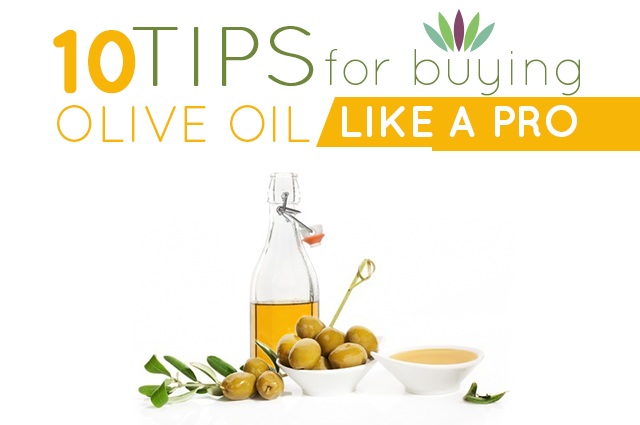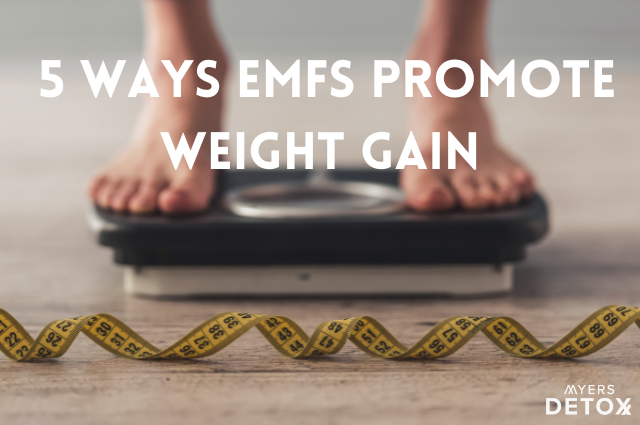Visit any supermarket, gourmet store, or corner grocery and you’re likely to find an intimidatingly large selection of olive oils. Go online and the options multiply a hundredfold. These tips will help you pick olive oil like a pro!What’s more, a UC Davis study discovered that up to 69% of olive oil labeled “extra virgin” on supermarket shelves was fraudulent. How can you choose the freshest, most nutritious olive oil for yourself and your family, and avoid being duped?
Here are 10 tips for buying olive oil to help you buy authentic extra virgin olive oil with confidence:
1. The Olive Oil Secret
The Olive Oil Secret: freshness is key to flavor and nutritional value. Forget about “use by” or “best by” dates. Look specifically for a harvest date on the label. Be suspicious of bottles that don’t include this information—as many don’t. Unlike wine, olive oil does not improve with age. Anything over a year old is past its prime.
2. Find the right retailer
Purchase olive oil from a retailer that has a brisk turnover. This increases the likelihood that the oils are fresh. (There is even a special club that ensures the delivery of fresh-pressed olive oil once a quarter, whose oils are guaranteed to be the extra virgin from the latest harvest.)
3. Ensure your oil is certified as “extra virgin”
Always buy olive oil certified to be “extra virgin.” The terms “pure” or “light” indicate that the oil did not meet international standards for “extra virgin” and has been chemically refined to mask defects. Also, ignore terms like “cold-pressed” or “first-pressed.” They are meaningless in today’s olive oil lexicon.
4. Estate names are good!
An estate name on the label is a good sign. Small olive oil producers around the world take pride in products that bear their name or the name of their estate. Some will list the olive varietal as well—Arbequina, Picual, Frantoio, Hojiblanca, and others. Blends are common also and can be as flavorful—sometimes even more so—than single-varietal oils.
5. Avoid clear bottles
Buy olive oil in dark glass bottles, tins, or other opaque containers. Clear glass bottles might be aesthetically pleasing, but they do not protect the oils from natural or artificial light. (Prolonged exposure to light hastens the deterioration of the oil.) At home, store olive oil in a cool, dark place—not next to the stovetop.
6. Location is key
Look for the country of origin on the label. Spain, Italy, and Greece may be the world’s largest producers, but high-quality olive oils are also being produced in Chile, Australia, the US, Argentina, South Africa, New Zealand, and even Croatia. You can maximize the freshness of olive oils in your kitchen by seasonally alternating your purchases between countries in the Northern and Southern Hemispheres. (In September, for example, oils from the Southern Hemisphere are the freshest in the world. In January, the freshest oils will be from the Northern Hemisphere. Here is a source—the only one we know of—that procures olive oils according to the global harvest schedule.)
7. Feel the burn (just a little)
Do not be surprised if some olive oils create a peppery tickle in the back of your throat or even induce a cough or two. This reaction is common when the oils are fresh and their polyphenol levels (natural antioxidants) are high. If you are not experiencing a certain pepperiness and bitterness with the oils you use, they are likely old, rancid, or fake.
8. Look past fancy packaging
Look past the packaging—fancy bottles mean nothing, and the price is not always an indicator of quality. However, high-quality olive oil with character and personality will not be cheap: a lot of labor and expertise go into creating an excellent product. Winners of international olive oil competitions will almost always feature these honors prominently on their labels. Gold and silver medals are especially prestigious, as they mean the oils’ producers have been recognized for their excellence by trained palates.
9. Color does not predict flavor
When you try an oil, know that color is not a predictor of flavor. A golden-hued oil will not necessarily be buttery tasting. An intensely green oil would seem to suggest pepperiness and pungency but might be very mild on the palate. Even judges fall prey to color prejudices, which is why professional tasters use color-obscuring tasting glasses, usually blue or brown.
10. Oils may differ by year!
Remember, olive oil is an agricultural product and always subject to the whims of Mother Nature. So an olive oil you enjoyed last year might have a different flavor profile this year. Let curiosity be your guide. Olive oil specialty stores and olive oil bars are becoming more common, giving you opportunities to explore your personal olive oil preferences.
Above all, remember the BIG Olive Oil Secret: freshness! The most flavorful, healthful olive oil is fresh-pressed from the latest harvest.
© 2015 Global Gourmet Consulting










